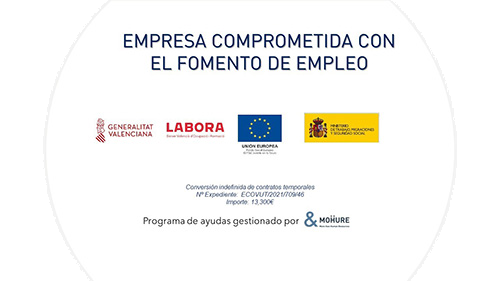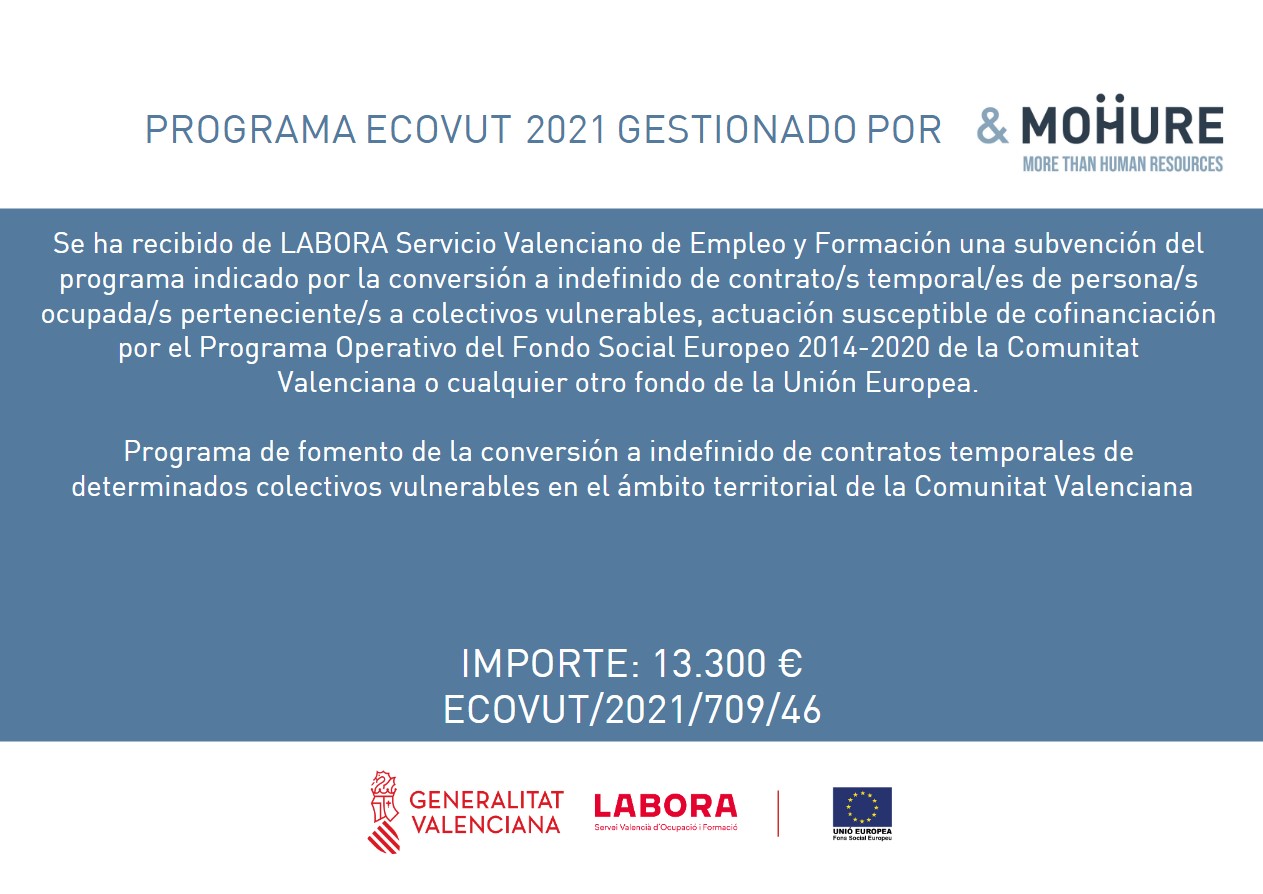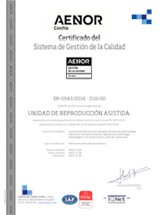The center launches a campaign aimed at women between 18 and 37 to measure their ovarian reserve, schedule their motherhood and choose to have biological children
 “The most important parameter for a woman who wants to be a mother is age. The quantity and quality of the eggs decreases irreversibly throughout the life, which determines their fertility. At a younger age, the number of eggs that can be fertilized is lower and the quality of the eggs is lower, “says José López Gálvez, director of the Reproduction Unit Vistahermosa de Alicante.
“The most important parameter for a woman who wants to be a mother is age. The quantity and quality of the eggs decreases irreversibly throughout the life, which determines their fertility. At a younger age, the number of eggs that can be fertilized is lower and the quality of the eggs is lower, “says José López Gálvez, director of the Reproduction Unit Vistahermosa de Alicante.
The specialist explains that in today’s society, women tend to delay their maternity due to socio-cultural aspects such as the development of their professional career, work obligations or the search for partners, which increase the risk of infertility. In addition medical aspects, due to the appearance of certain types of cancers in younger and younger women, due to the side effects that some surgical or pharmacological treatments have on fertility.
“The woman who wants to be a mother, but decides to delay her motherhood beyond the age of 35, should carry out a simple study of her ovarian reserve and know the greater or lesser follicular endowment that her ovaries have. It is a very important parameter from the reproductive point of view, since it is a quantitative concept that correlates with the quality of the available follicles and oocytes. Depending on the results, the woman can program her fertility and choose to have biological children, “says López Gálvez.
Today it is possible to preserve their fertility and schedule motherhood by vitrification of a quantity of quality eggs that are produced in fertile  age, so that they can be fertilized at the moment in which the decision to become a mother is made and then avoided Infertility problems.
age, so that they can be fertilized at the moment in which the decision to become a mother is made and then avoided Infertility problems.
What is the ovarian reserve?
The ovarian reserve the number of follicles in the ovary at any given time. Before birth, women have a number close to 10 million. But at birth, the number has dropped to about 1.5 million and is falling to less than a third at the time of the first menstruation. By age 35-37, the ovarian reserve is about 25,000 follicles. The number of follicles we start with and the rate at which they are reduced is variable and not the same in all women.










